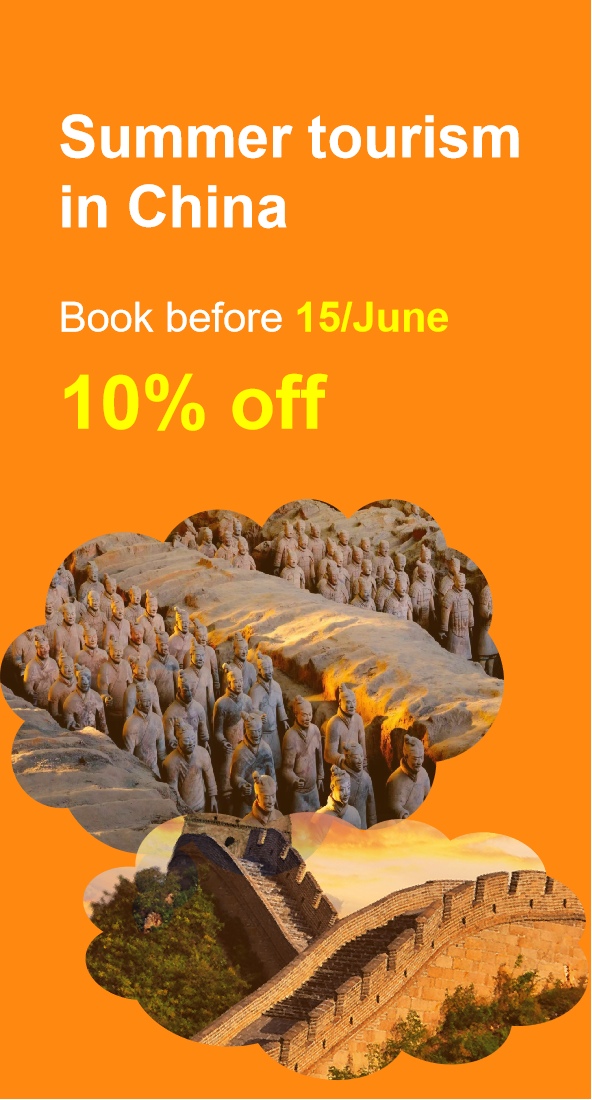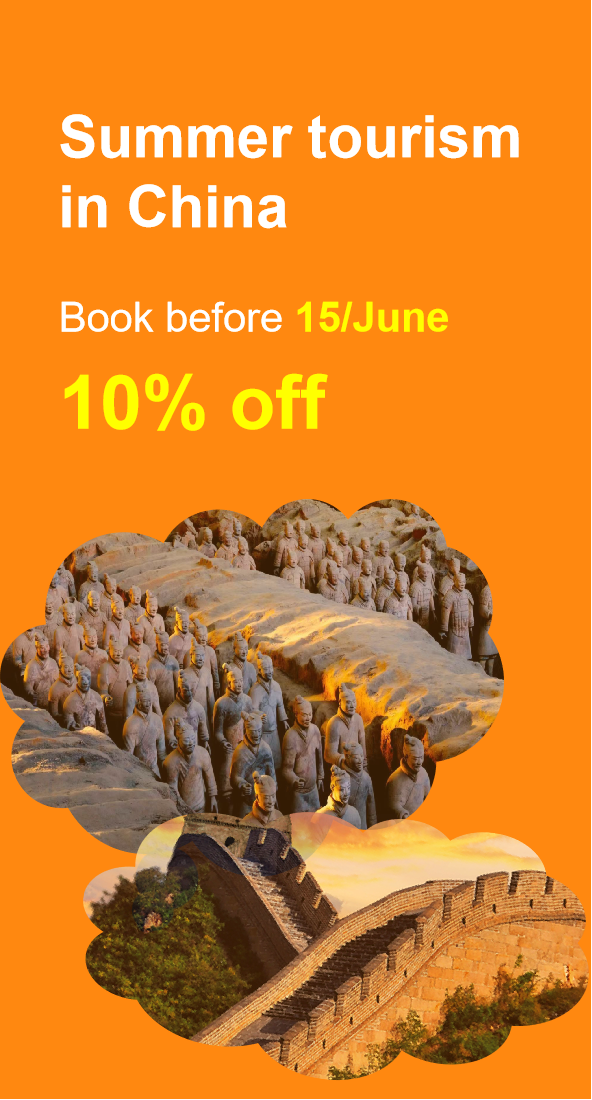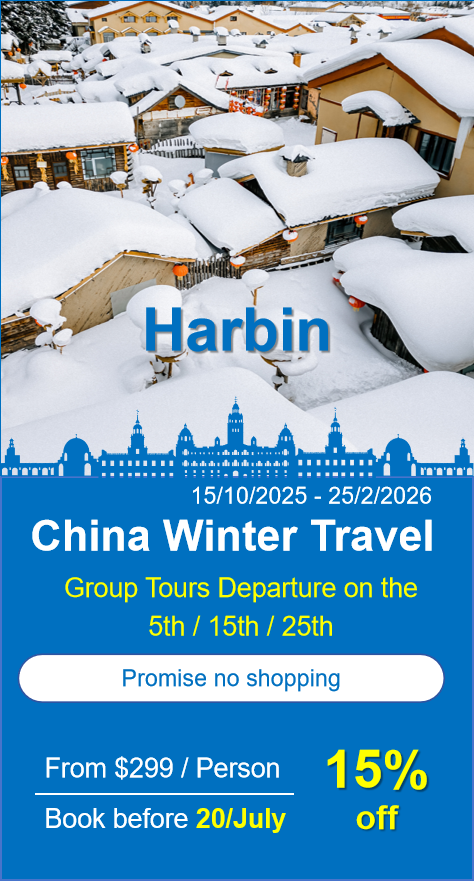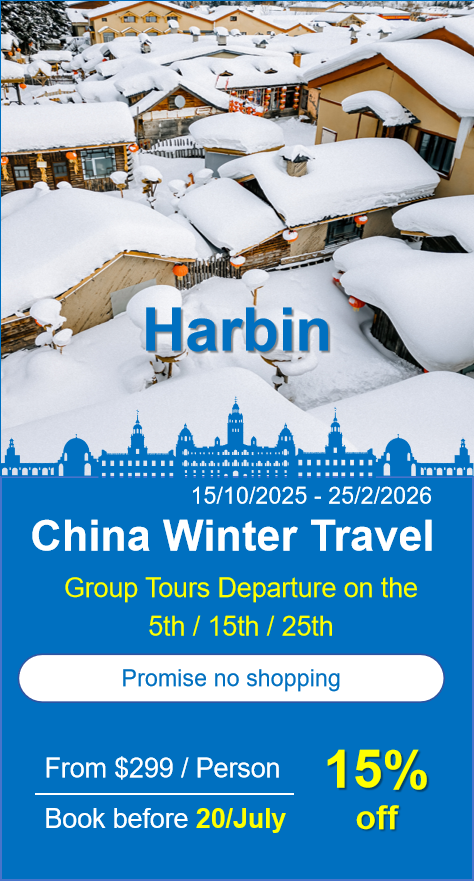Chinese Festivals
Chinese Traditional Festivals & the 24 Solar Terms
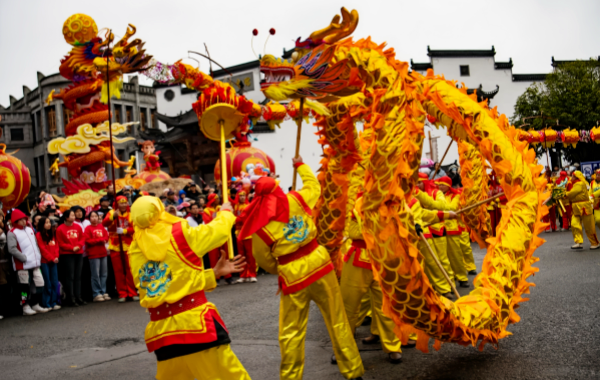
Chinese traditional festivals are vibrant tapestries woven with mythology, history, and regional customs, reflecting the nation’s agricultural roots and philosophical values. These celebrations, often tied to lunar or solar calendars, serve as cultural milestones for family reunions, ancestor worship, and communal joy. From the grandeur of Spring Festival to the romantic Lantern Festival, each event offers unique insights into China’s diverse heritage.
 Major Traditional Festivals
Major Traditional Festivals
1. Spring Festival (Chinese New Year)
- Festival Overview: The most important festival in China, marking the lunar new year with fireworks, red decorations, and family feasts.
- History/Legend: Originated from the legend of Nian, a monster defeated by loud noises and red colors.
- Festival Features:
- Red envelopes (hongbao) symbolizing luck and prosperity.
- Reunion dinners with dumplings (northern China) and niangao (southern China).
- Special Activities:
- Ancestral worship in temples or ancestral halls.
- Lion dances in Guangdong and Fujian provinces.
- Travel Highlights:
- Harbin Ice Festival (Heilongjiang): Giant ice sculptures under neon lights.
- Pingyao Ancient City (Shanxi): Traditional lantern displays and folk performances.
View more about Chinese New Year >>
2. Lantern Festival (Yuan Xiao Festival)
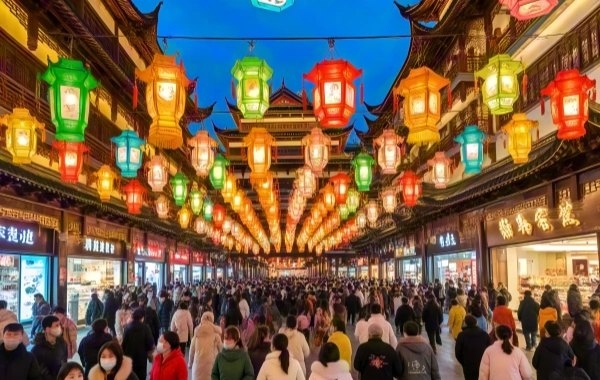
- Festival Overview: The 15th day of the lunar year, closing Spring Festival with lanterns and sweet glutinous rice balls.
- History/Legend: Associated with Buddhist monks lighting lanterns to honor Buddha during the Han Dynasty.
- Festival Features:
- Lantern riddles (cai deng mi) for intellectual fun.
- Dragon and lion dances in public squares.
- Special Activities:
- Sky lantern releases in Pingxi, Taiwan.
- Water lantern ceremonies in Li River, Guilin.
- Travel Highlights:
- Qinhuai Lantern Fair (Nanjing): A UNESCO-listed spectacle with thousands of lanterns.
- Zigong Lantern Festival (Sichuan): World-renowned for its 3D light art installations.
View more about Lantern Festival >>
3. Dragon Head-Raising Day (Longtaitou Festival)
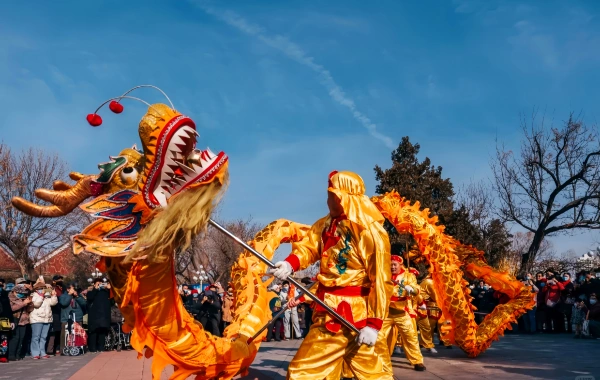
- Festival Overview: Celebrated on the second day of the second lunar month, symbolizing agricultural renewal and dragon worship.
- History/Legend: The dragon awakens from hibernation, bringing rain for crops.
- Festival Features:
- Haircuts believed to bring good luck (avoiding the first lunar month).
- Dragon-themed food like “dragon whiskers” noodles and “dragon scales” pancakes.
- Special Activities:
- Dragon boat races in Quanzhou, Fujian.
- Folk performances in rural Hebei and Shandong.
- Travel Highlights:
- Wuyuan County (Jiangxi): Oil-paper umbrella festivals amid rapeseed flower fields.
- Xijiang Miao Village (Guizhou): Miao ethnic dragon dances and silver jewelry markets.
View more about Longtaitou Festival >>
4. Qingming Festival (Tomb-Sweeping Day)
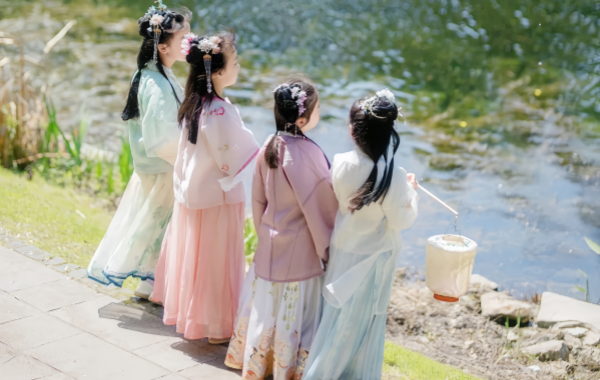
- Festival Overview: A springtime memorial day for ancestors, blending solemnity with outdoor activities.
- History/Legend: Originated from the Cold Food Festival honoring a loyal minister’s self-immolation.
- Festival Features:
- Tomb cleaning and offering sacrifices like food and incense.
- Kite flying to ward off bad luck.
- Special Activities:
- Willow branch wearing in northern China for protection.
- Qingtuan (sweet green rice balls) in Jiangsu and Zhejiang.
- Travel Highlights:
- Ming Xiaoling Mausoleum (Nanjing): Historical tomb-sweeping ceremonies.
- Xianyang City (Shaanxi): Mass kite-flying events over the Weihe River.
View more about Qingming Festival >>
5. Dragon Boat Festival (Duanwu Festival)
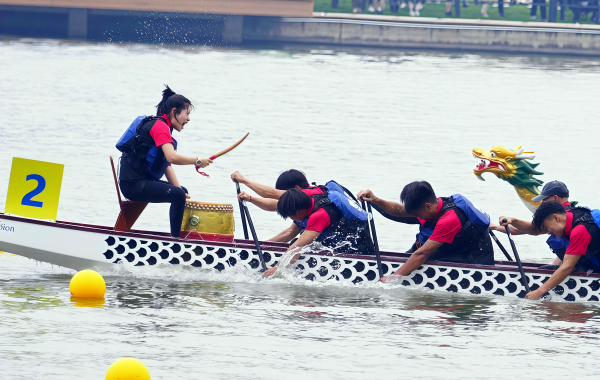
- Festival Overview: Commemorates poet Qu Yuan with zongzi (rice dumplings) and dragon boat races.
- History/Legend: Qu Yuan drowned himself in the Miluo River; locals raced boats to save him.
- Festival Features:
- Mugwort and calamus hung to repel insects.
- Perfumed sachets for children’s safety.
- Special Activities:
- Dragon boat racing in Hong Kong, Guangzhou, and Yueyang.
- Zongzi-making workshops in Hangzhou’s West Lake area.
- Travel Highlights:
- Miluo River (Hunan): Reenactments of Qu Yuan’s legend.
- Tai O Village (Hong Kong): Traditional salted egg and zongzi markets.
View more about Dragon Boat Festival >>
6. Mid-Autumn Festival (Moon Festival)
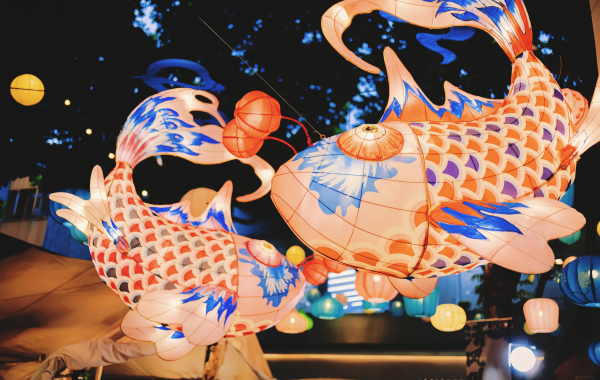
- Festival Overview: A harvest celebration centered on moon worship and family reunions.
- History/Legend: The Jade Rabbit on the moon pounding elixirs for Chang’e, the Moon Goddess.
- Festival Features:
- Mooncakes filled with lotus seed paste or salted egg yolks.
- Lantern displays in parks and riversides.
- Special Activities:
- Osmanthus flower tea brewing in Hangzhou.
- Barbecues in Taiwan’s parks (a modern twist).
- Travel Highlights:
- Hangzhou West Lake: Moonlit boat rides and tea ceremonies.
- Pingyao Ancient City: Mid-Autumn lantern parades with historical reenactments.
View more about Mid-Autumn Festival >>
7. Double Ninth Festival (Chongyang Festival)
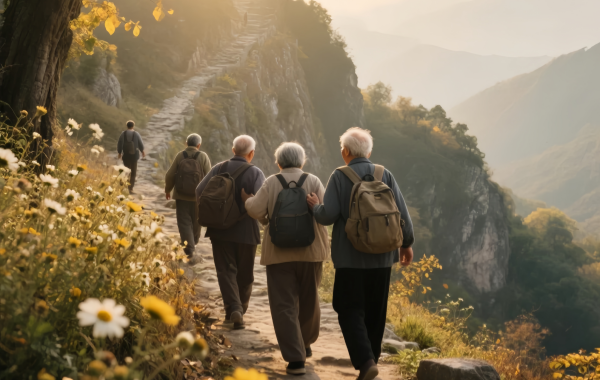
- Festival Overview: A day to honor elders and climb mountains for longevity.
- History/Legend: Avoiding disaster by climbing high after a prophet’s warning.
- Festival Features:
- Chrysanthemum wine believed to ward off evil.
- Cornel branches worn for health.
- Special Activities:
- Mountain hiking in Huangshan or Mount Tai.
- Chrysanthemum exhibitions in Kaifeng, Henan.
- Travel Highlights:
- Mount Hua (Shaanxi): Night climbing for sunrise views.
- Guilin Rice Terraces: Harvest festivals with ethnic minority dances.
View more about Double Ninth Festival >>
8. Qixi Festival (Chinese Valentine's Day)
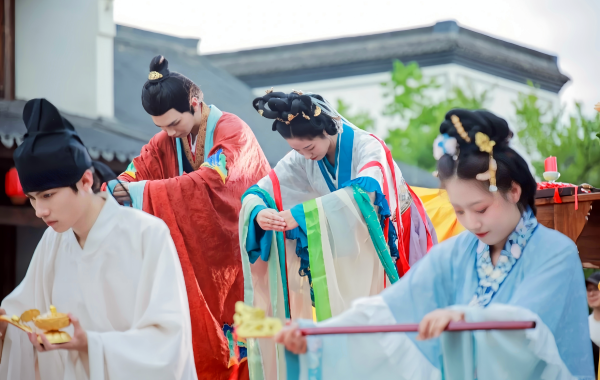
- Festival Overview: A day celebrating love and the annual meeting of the Cowherd and the Weaver Girl.
- History/Legend: The story of the Cowherd and the Weaver Girl, separated by the Milky Way and allowed to meet once a year on this day.
- Festival Features:
- Colorful threads and needles are used by young women in skill - testing activities, as it is believed that those who are deft can find a good husband.
- People often give gifts such as chocolates, flowers, or hand - made crafts to express love.
- Special Activities:
- Watching the starry sky to spot the constellations representing the Cowherd and the Weaver Girl.
- Some places hold traditional performances re - enacting the love story of the Cowherd and the Weaver Girl.
- Travel Highlights:
- Qixi Town (Hunan): Experience the romantic atmosphere with traditional Qixi - themed decorations and cultural activities.
- West Lake (Hangzhou): Take a romantic boat ride on the lake, enjoying the beautiful scenery and the legend - filled ambiance.
View more about Qixi Festival >>
9. Ghost Festival (Zhongyuan Festival)
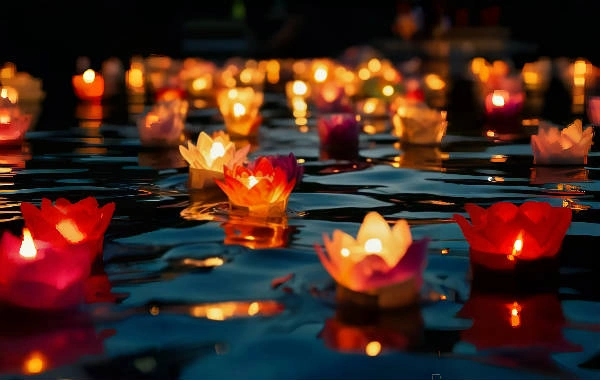
- Festival Overview: A day dedicated to paying respects to ancestors and comforting the wandering souls of the deceased.
- History/Legend: It is said that on this day, the gates of the underworld are opened, allowing the spirits of the dead to return to the human world. People perform various rituals to ensure the well - being of these spirits and prevent any misfortune.
- Festival Features:
-
- Joss paper and incense are burned as offerings to the ancestors and spirits, believed to provide them with money and comfort in the afterlife.
- Elaborate food offerings are placed on altars, including fruits, meat, and traditional dishes, to show filial piety and respect.
- Special Activities:
- Releasing river lanterns is a common practice. These lanterns, often made of paper, are set afloat on rivers or lakes, carrying the wishes and blessings of the living for the departed souls to find their way in the other world.
- In some regions, people perform traditional operas or puppet shows in open - air venues, which are thought to entertain the spirits and bring them joy.
- Travel Highlights:
- Fengdu Ghost City (Chongqing): This is a well - known destination during the Ghost Festival. The city is filled with a mysterious and eerie atmosphere, with various ghost - themed sculptures, buildings, and performances. Visitors can experience the unique culture related to the underworld and the afterlife, and participate in some of the local Ghost Festival rituals.
- Qingcheng Mountain (Sichuan): Known for its serene and spiritual environment, Qingcheng Mountain becomes even more mystical during the Ghost Festival. People come here to meditate, pray, and connect with the spiritual world. The mountain's ancient temples and lush forests add to the overall sense of tranquility and reverence.
View more about Ghost Festival >>
 Regional Festival Customs
Regional Festival Customs
- Northern China: Ice festivals, dumpling-making contests, and temple fairs.
- Southern China: Dragon boat races, water lantern ceremonies, and tea harvest festivals.
- Ethnic Minorities:
- Dai Water-Splashing Festival (Yunnan): Purification rituals with water fights.
- Naadam Festival (Inner Mongolia): Horse racing, wrestling, and archery.
 The 24 Solar Terms: An Ancient Agricultural Calendar
The 24 Solar Terms: An Ancient Agricultural Calendar
1. Introduction to the 24 Solar Terms
Divided into 72 pentads, these terms mark seasonal changes, guiding farming and daily life since the Han Dynasty. Each term lasts 15 days, reflecting solar positions and climate patterns.
2. List of All 24 Solar Terms
| Season | Terms |
|---|---|
| Spring | Beginning of Spring(立春), Rain Water(雨水), Awakening of Insects(惊蛰), Vernal Equinox(春分), Clear and Bright(清明), Grain Rain(谷雨) |
| Summer | Beginning of Summer(立夏), Grain Buds(小满), Grain in Ear(芒种), Summer Solstice(夏至), Minor Heat(小暑), Major Heat(大暑) |
| Autumn | Beginning of Autumn(立秋), End of Heat(处暑), White Dew(白露), Autumnal Equinox(秋分), Cold Dew(寒露), Frost's Descent(霜降) |
| Winter | Beginning of Winter(立冬), Minor Snow(小雪), Major Snow(大雪), Winter Solstice(冬至), Minor Cold(小寒), Major Cold(大寒) |
3. Significance of the Solar Terms
- Agricultural Guidance: Farmers plant rice during Grain Rain and harvest wheat at Grain in Ear.
- Health & Diet: Traditional Chinese medicine emphasizes seasonal eating (e.g., mung beans in summer).
- Cultural Symbolism: Terms like Winter Solstice inspire festivals like Tangyuan (sweet rice balls) in southern China.
 Solar Term-Themed Travel Experiences
Solar Term-Themed Travel Experiences
- Vernal Equinox (Chun Fen): Visit Wuyuan, Jiangxi for rapeseed flower fields.
- Grain Rain (Gu Yu): Tea-picking tours in Hangzhou's Longjing Village.
- Autumnal Equinox (Qiu Fen): Red leaf viewing in Jiuzhaigou Valley, Sichuan.
- Winter Solstice (Dongzhi): Hotpot feasts in Chongqing or Chengdu.
 Modern Adaptations & Tourism Trends
Modern Adaptations & Tourism Trends
- Cultural Fusion: Lantern festivals now feature 3D mapping shows in cities like Shanghai.
- Sustainable Tourism: Eco-friendly festivals, such as bamboo lantern workshops in Yunnan.
- Digital Engagement: Virtual temple fairs and AR-guided heritage tours.
 Embracing China's Timeless Traditions
Embracing China's Timeless Traditions
Chinese festivals and solar terms are living heritage, offering travelers a chance to connect with history, nature, and local communities. Whether racing dragon boats or savoring mooncakes, these experiences transcend time, inviting exploration of China's soul.
What Our Clients Say?
Based on 10,000+ traveler reviews






